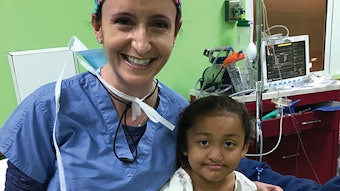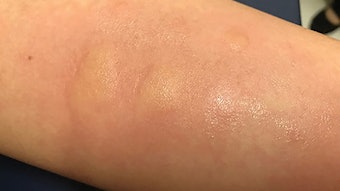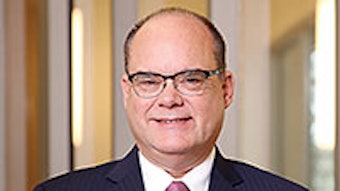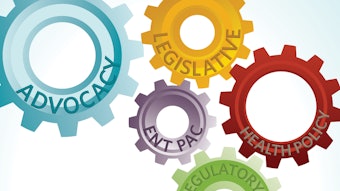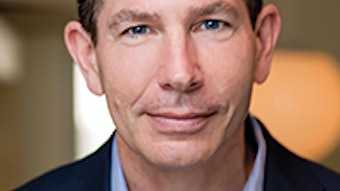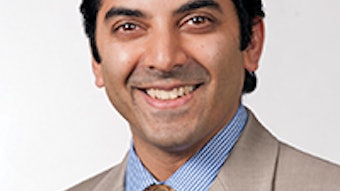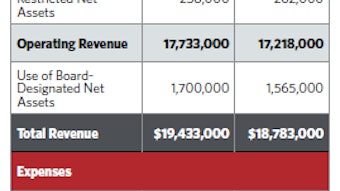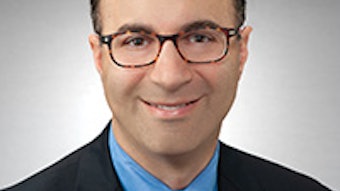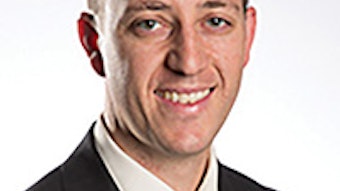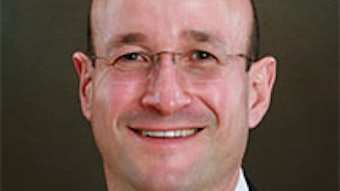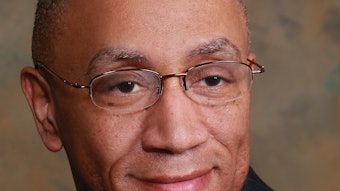Emerging from the Pandemic with Lessons Learned to Impact Change
I have spent considerably more time during the last three months reading about, researching, and commenting on viral disease than in the previous 40+ years of my medical career. The current COVID-19 pandemic lately has focused my interest on several aspects related to the consequences of this widespread, easily transmissible virus that happens to be highly concentrated in areas of our primary expertise, the nose, nasopharynx, and pharynx.
 James C. Denneny III, MD, AAO-HNS/F EVP/CEO
James C. Denneny III, MD, AAO-HNS/F EVP/CEO
I have spent considerably more time during the last three months reading about, researching, and commenting on viral disease than in the previous 40+ years of my medical career. The current COVID-19 pandemic lately has focused my interest on several aspects related to the consequences of this widespread, easily transmissible virus that happens to be highly concentrated in areas of our primary expertise, the nose, nasopharynx, and pharynx. The extreme worldwide disruption of entire countries’ healthcare, economic, and social systems has been unprecedented during my lifetime. As we emerge from the worst of this pandemic, just as with previous disasters, epidemics, and wars, opportunities to embrace change in many areas will present themselves.
We are already seeing acceleration of pre-existing trends such as the expansion of telemedicine and society-wide teleworking, contemporaneous adoption of novel educational strategies from primary education to residency and fellowship training, and the explosion of virtual meetings as adjuncts to face-to-face meetings and travel. Most of these advances are being structured to handle immediate needs as well as plan for short- and long-term strategic evolution.
I was curious about some of the lessons learned by otolaryngologists from the last worldwide pandemic roughly a century ago. I must confess that prior to the recent COVID-19 pandemic, I really knew nothing about the Spanish flu of 1918-19 other than it was the worst respiratory epidemic of its time that was transmitted through coughing or sneezing millions of viral particles to surrounding people in a similar manner to that of the coronavirus. I thought it would be interesting to review some of the old otolaryngology literature as to what was being said contemporaneously about the Spanish flu. I was surprised to find that there were no articles related to the Spanish flu in the Transactions of the American Academy of Ophthalmology and Otolaryngology (1918-20), the Annals of Otology, Rhinology and Laryngology (1918-20), and the Laryngoscope (1918-20). This is in stark contrast to the rapid dissemination of emerging clinical and scientific information by the otolaryngology family of journals. Clearly, we are in a different era of communications than a century ago, but it was still surprising not to find anything related in our literature over that three-year period.
One of my goals in the search was to evaluate changes made based on experiences and lessons learned during that epidemic in order to incorporate the successful interventions into our process. I did run across a very interesting article by Allen Greenwood, MD, in Transactions titled, “The Role of the American Academy of Ophthalmology in Otolaryngology in the Recent World War.” There is widespread agreement that there was a direct relationship between the spread of the Spanish flu and military personnel movements, particularly in Europe toward the end of the war. Both otolaryngologists and ophthalmologists were integrally involved stateside in working with the Surgeon General’s office and overseas with the various military branches to help with policies improving care through preparedness and strategic deployment of resources. As I review what has happened to date globally, similar adjustments and strategies have been made across the world during the current pandemic.
Two major areas that have been problematic for some time come to mind as potential beneficiaries of the drastic consequences of the COVID-19 experience. The first comes from many who are closely involved in medical student and resident education and who have been concerned about the increasing time and expense that graduating medical students face as they interview for residency positions in otolaryngology. This not only takes away from educational opportunities, but also carries a significant price tag for the many interviews that most candidates schedule. Virtual conferencing and virtual interviews will be relied upon due to travel restrictions for this year’s candidate group. Experience in other industries and professions have shown significant value and benefits that tend to bring more consistency in the process and allow greater participation by both the candidate and interviewers. Additionally, this process can significantly improve the recruitment of underrepresented minorities into the specialty.
The second area is that the current health crisis, not surprisingly, has demonstrated without question the skills and dedication of otolaryngologists and trainees of all demographics across all sites of service. The ongoing leadership and contributions to the care of our citizens have not been based on ethnicity, gender identity, or religious beliefs, but rather performance. In our time of need, the inspirational performances of women across otolaryngology has been critical. This “real world evidence” should act as a springboard for equality in both pay and advancement opportunities that has been too slow in coming.
My hope is that future generations will look back at COVID-19 for lessons learned and find it resulted in a more fair and equitable approach so that all demographics are afforded equal access to care, opportunities, recognition, and advancement.

